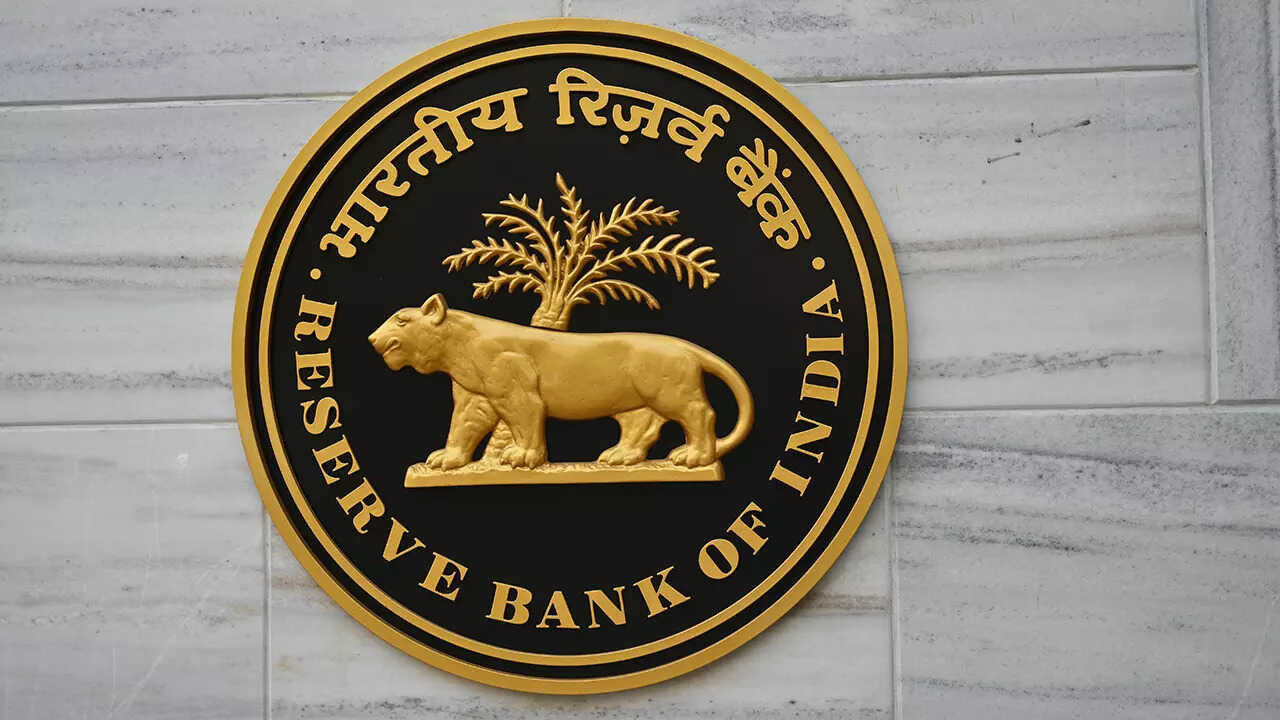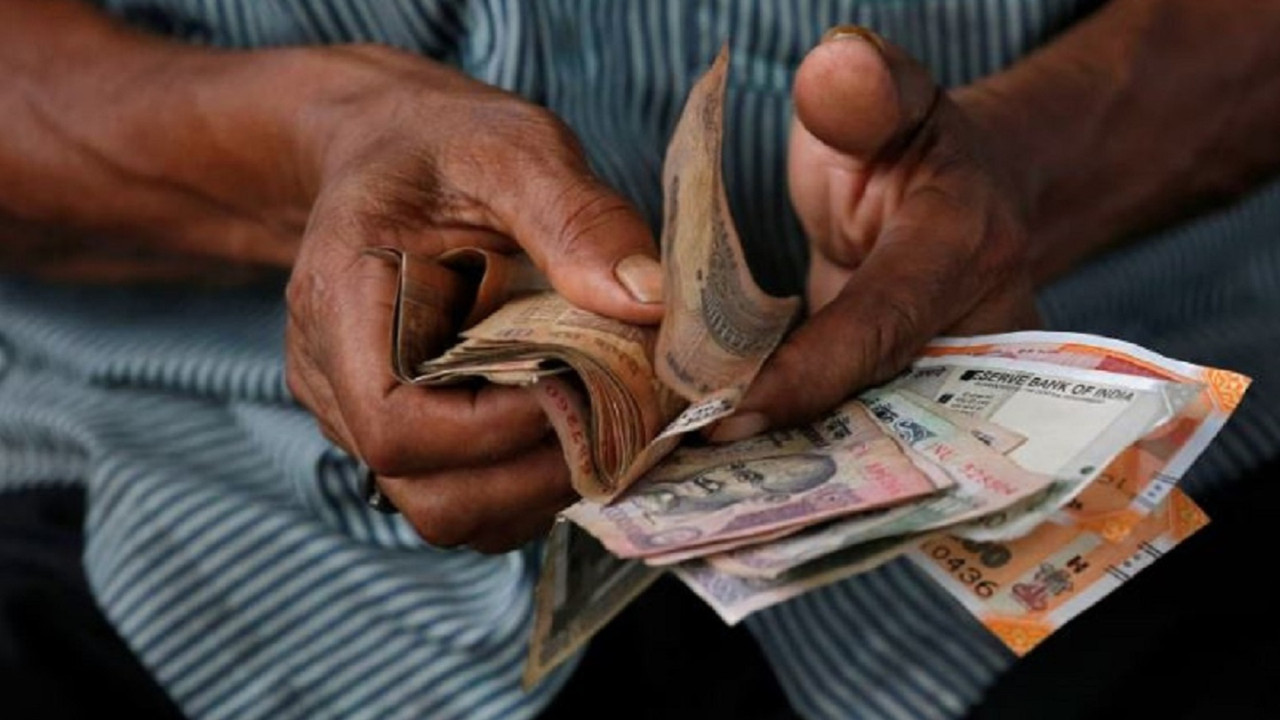The RBI’s MPC has maintained the repo rate at 5.5% in its August review, offering no immediate EMI relief for borrowers, despite previous cuts. While a 1% repo rate reduction this year hasn’t fully translated to lower EMIs, expectations are for future reductions. This decision occurs amidst potential tariff hikes by the US due to India’s oil trade with Russia.
Decoding the RBI’s Decision: What the Unchanged Repo Rate Means for You
The air crackled with anticipation. Would they? Wouldn’t they? For weeks, whispers circulated about the Reserve Bank of India’s (RBI) Monetary Policy Committee (MPC) meeting. The central question on everyone’s mind: Would the repo rate, that critical benchmark influencing borrowing costs across the nation, be adjusted?
The answer, delivered by RBI Governor Sanjay Malhotra, was a resounding no. The repo rate remains unchanged at 6.5%.
But what does this seemingly simple decision actually mean for the average person? Let’s break it down, stripping away the jargon and focusing on the real-world implications.
Your Loans: A Moment of Stability
For anyone currently paying a home loan, car loan, or any loan linked to an external benchmark like the repo rate, this announcement brings a welcome pause. A rate hike would have translated directly into higher EMIs (Equated Monthly Installments), squeezing already stretched household budgets. The stability offered by this decision provides breathing room.
However, don’t expect immediate relief if you were hoping for lower rates. The unchanged repo rate signifies that your EMIs are unlikely to decrease in the short term. Banks have already factored in previous rate hikes, and a period of consolidation seems to be the prevailing strategy.

The Bigger Picture: Inflation and Economic Growth
The MPC’s primary mandate is to maintain price stability – essentially, keeping inflation within a manageable range. Their target is 4%, with a tolerance band of +/- 2%. While inflation has shown signs of cooling, it remains a persistent concern.
The decision to hold the repo rate steady reflects a cautious approach. Raising rates further could stifle economic growth, while lowering them prematurely could reignite inflationary pressures. It’s a delicate balancing act, and the MPC is clearly prioritizing a measured response. This cautious stance also gives them time to properly assess the impact of previous rate hikes.
Fixed Deposits and Savings: A Bird’s-Eye View
For savers and those relying on fixed deposits for income, the situation is somewhat less exciting. The peak interest rates on fixed deposits might be behind us. With the repo rate remaining constant, banks have less incentive to aggressively increase their deposit rates.
However, existing fixed deposits will continue to earn the agreed-upon interest rates until maturity. And while the immediate prospect of higher returns is limited, fixed deposits remain a relatively safe and reliable investment option, especially in times of economic uncertainty. Consider laddering your fixed deposits to benefit from potential future rate revisions, as outlined in this guide on maximizing returns through different investment strategies.
What’s Next? Reading the Tea Leaves
Predicting the future is a fool’s errand, especially when it comes to economic policy. However, we can glean insights from the MPC’s statements and broader economic trends.
The RBI will likely continue to monitor inflation closely, paying attention to global commodity prices, monsoon patterns (which impact agricultural output), and overall economic activity. Any significant deviation from their projected inflation trajectory could trigger a change in policy.
Looking ahead, the possibility of future rate cuts hinges on sustained progress in controlling inflation and signs of robust economic growth. For now, the MPC seems content to maintain the status quo, adopting a “wait-and-see” approach. This strategy allows them to gather more data and fine-tune their policy response accordingly.
Unchanged Repo Rate: A Balanced Outcome?
The unchanged repo rate represents a calculated decision, striving to balance the need to control inflation with the desire to support economic growth. While it may not provide immediate gratification to borrowers hoping for lower EMIs, or savers yearning for higher returns, it offers a degree of stability and predictability in an uncertain economic climate. It’s a reminder that economic policy is rarely about quick fixes, but rather about navigating complex challenges with a steady hand.







